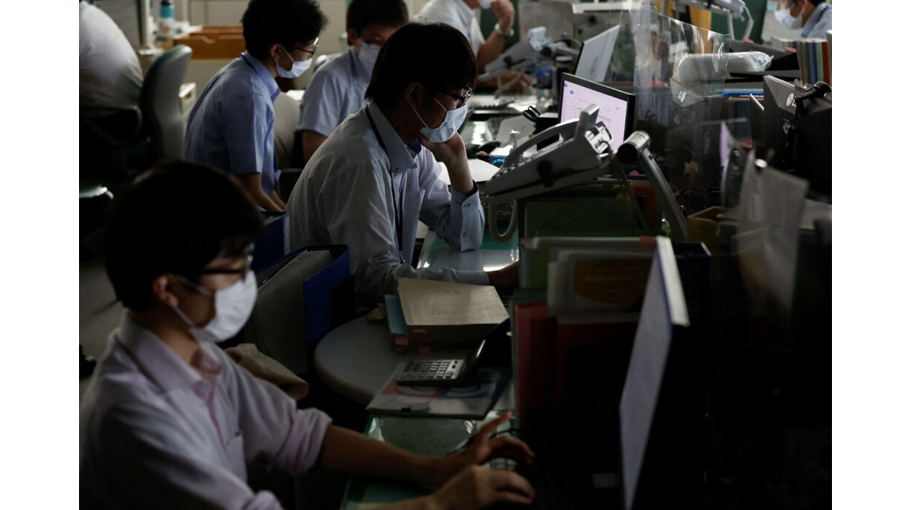Japan’s jobs market on way to modernisation

In Japan’s labour market, an increase in people changing jobs is occurring in the middle of a growing labour shortage, and changing traditional features of Japanese corporate culture such as lifetime employment and seniority-based remuneration. Under the administration of Prime Minister Fumio Kishida, labour market reform is a major theme in Japan’s growth strategy with increased government spending on the development of individual skills. This is steadily but surely changing the relationship between Japanese workers and their employers.
According to a 2018 Cabinet Office survey, about 10 per cent of mid-career and younger employees felt that it was beneficial to seek new jobs in order to better utilise their talents or were dissatisfied with their current position. A 2021 survey revealed that over 80 per cent of employees aged 25–44 expressed a desire to develop their careers independently.
By 2022, more than half Japanese companies had implemented systems allowing for side jobs and multiple occupations. According to a 2023 survey, 37 per cent of the working population was considering or planning a job change. More than half of those under 34 expressed a desire to change jobs. These data suggest that Japan’s post-pandemic labour market is becoming much more dynamic.
This change can be explained by three factors — the government’s labour market reforms, labour
shortages and changes in the market such as rising wages and digital transformation.
The essence of the government’s labour market reform is expanding ‘job-based’ employment — as distinct from Japan’s traditional ‘membership-based’ system — that offers compensation commensurate with skills while facilitating reskilling and labour mobility. These policies aim to lift productivity and move Japan in what is thought to be the right direction.
But the changes are in fact fundamentally being driven by labour shortage. Japan’s working-age population is expected to decrease by nearly 15 per cent between 2025 and 2040. As of April 2024, the seasonally adjusted ratio of effective job openings to jobseekers for all occupations was 1.26, but in industries like construction, it exceeds five.
Both large and small businesses have a strong desire to hire, making securing talent a critical issue. Labour shortages are just beginning to bite and are expected to become even more severe.
Labour shortages put jobseekers in a better bargaining position.
The changes are also explained by market shifts such as rising wages and an increased need for digital talent. Nominal wages have been rising since 2023 with the advent of inflation driven by rising energy prices and increasing geopolitical risk. Advances in digitalisation have boosted opportunities for higher wages through new technologies and increased competition from global companies for top talent.
Yuri Okina is Chairperson of the Japan Research Institute and Executive Vice President at the Nippon Institute for Research Advancement.
Source: East Asia Forum




